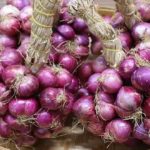Ginger has a spicy, aromatic, and slightly pungent flavor. After harvesting, the ginger is thoroughly washed, then dried and stored for year-round use.
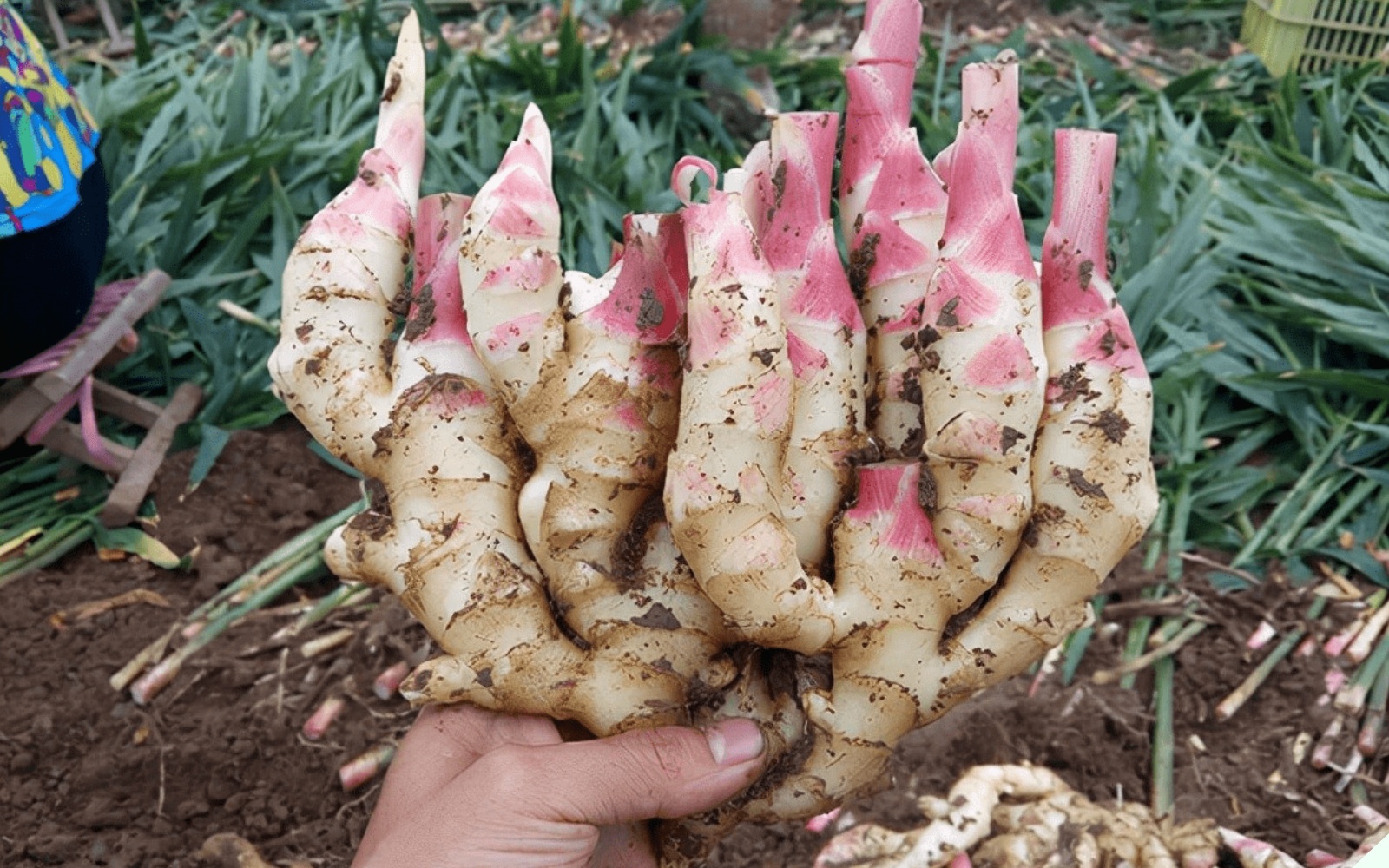
However, ginger can easily spoil, shrink, or mold during storage. Consuming spoiled ginger can cause illness, so it is important to know how to properly store ginger to keep it fresh for longer.
Below are simple methods for ginger preservation that anyone can follow. Let’s take a look.
Ginger Storage Guide
Step 1: Clean the Ginger
– Wash the ginger to remove any dirt and debris from the surface.
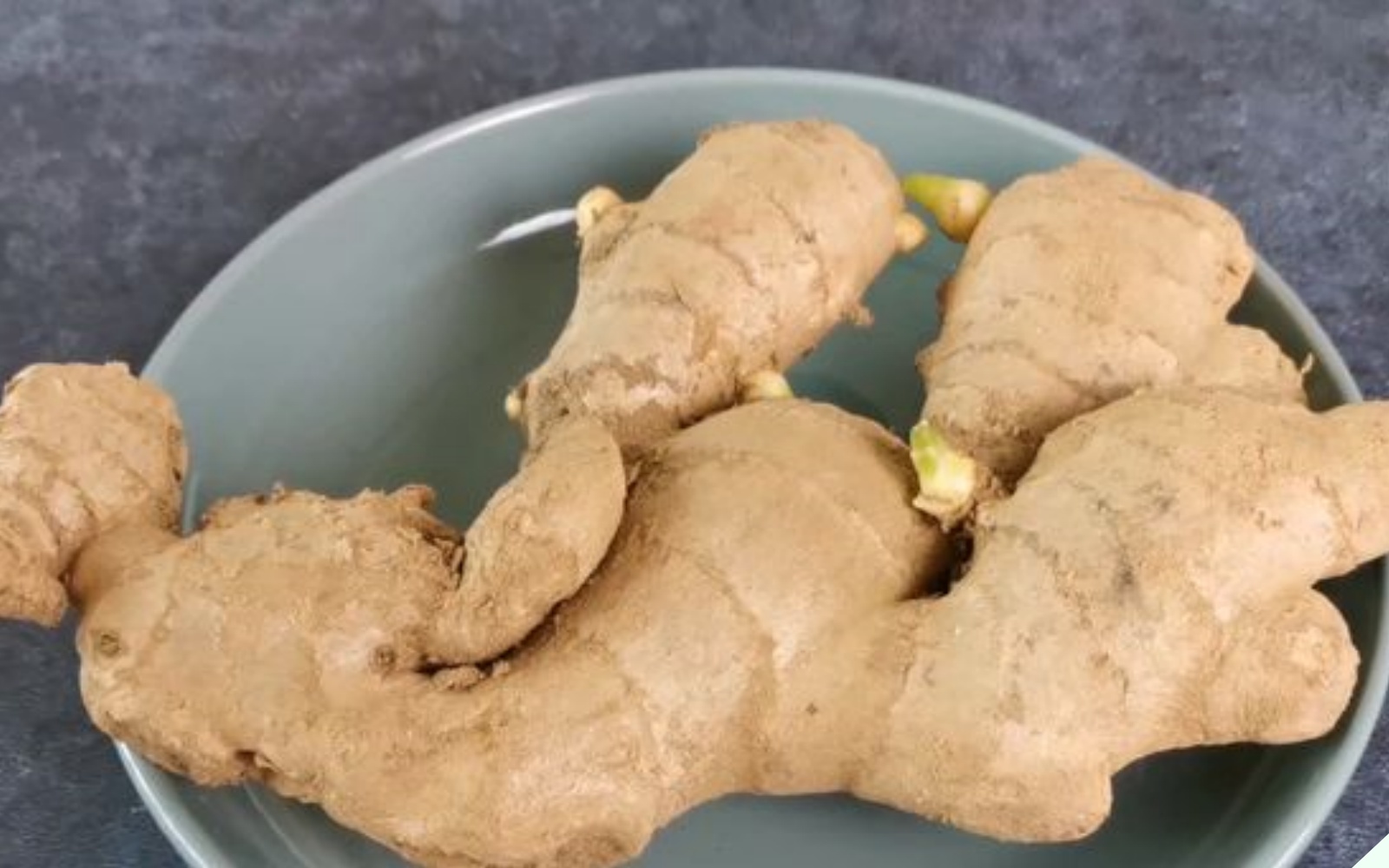
– Prepare a clean water bath with dissolved salt. Adjust the amount of salt and water according to the quantity of ginger.
– Gently stir the solution to dissolve the salt, then soak the cleaned ginger for 20 minutes.
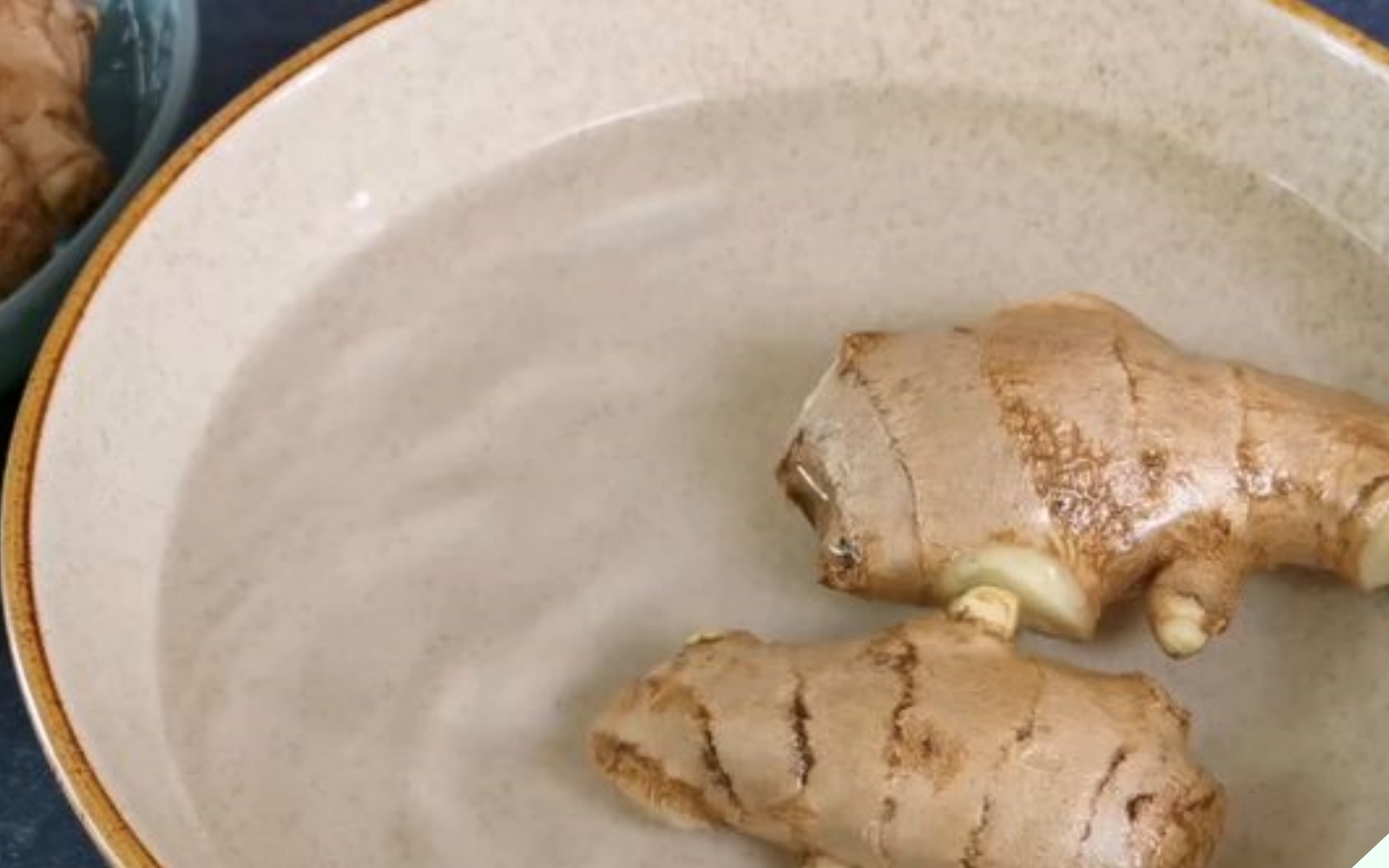
Step 2: Drain and Pat Dry
– After soaking, remove the ginger and use a clean cloth to pat it dry, removing any excess water from the surface.
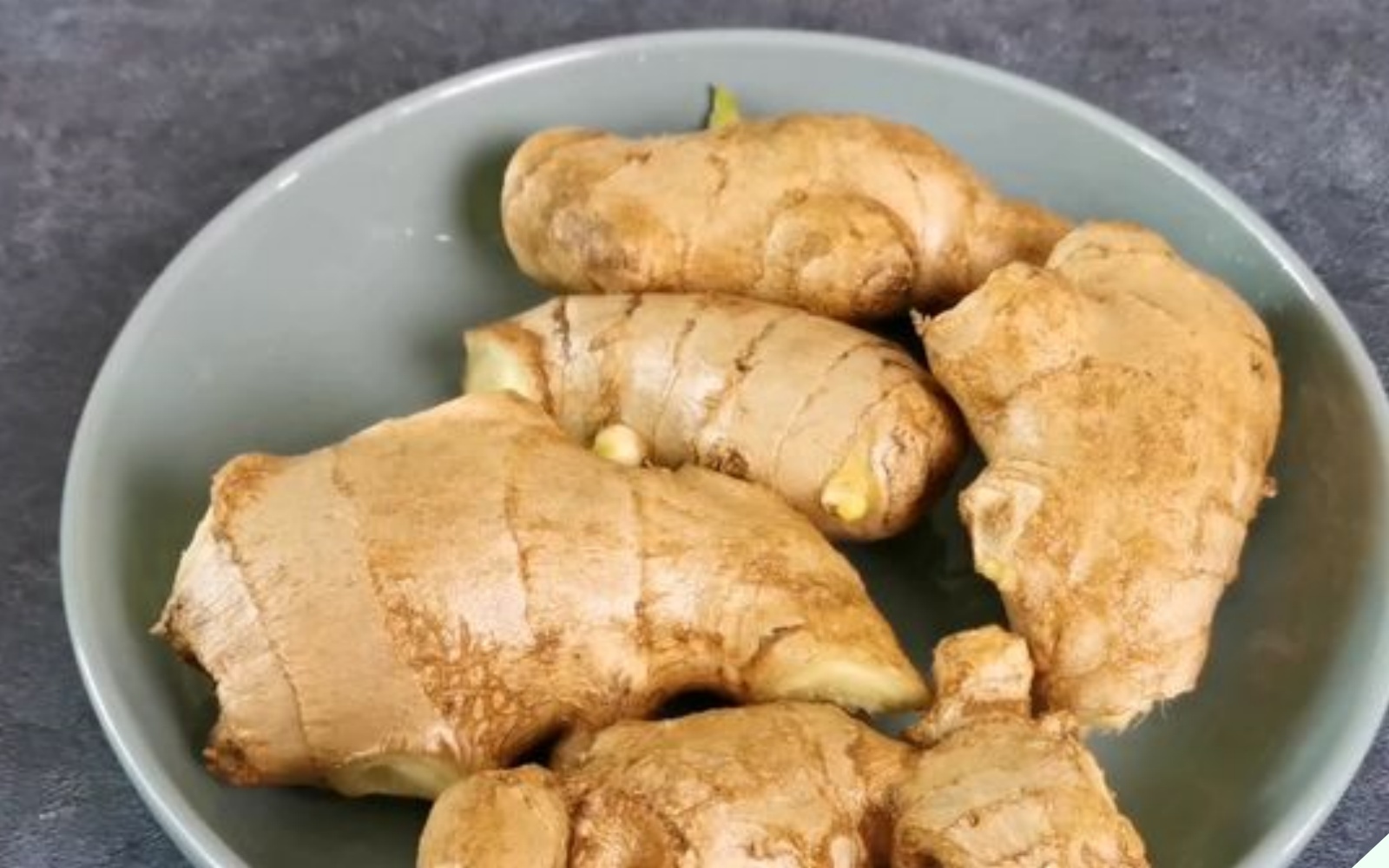
– Place the ginger in a well-ventilated area to air dry. Do not expose the ginger to direct sunlight as it will cause the ginger to lose moisture and shrink.
Step 3: Wrap the Ginger
– Place the dried ginger on food wrap and tightly seal it. Wrap about 3 layers, then place another ginger root on top and repeat the initial steps. Avoid wrapping too many ginger roots together.
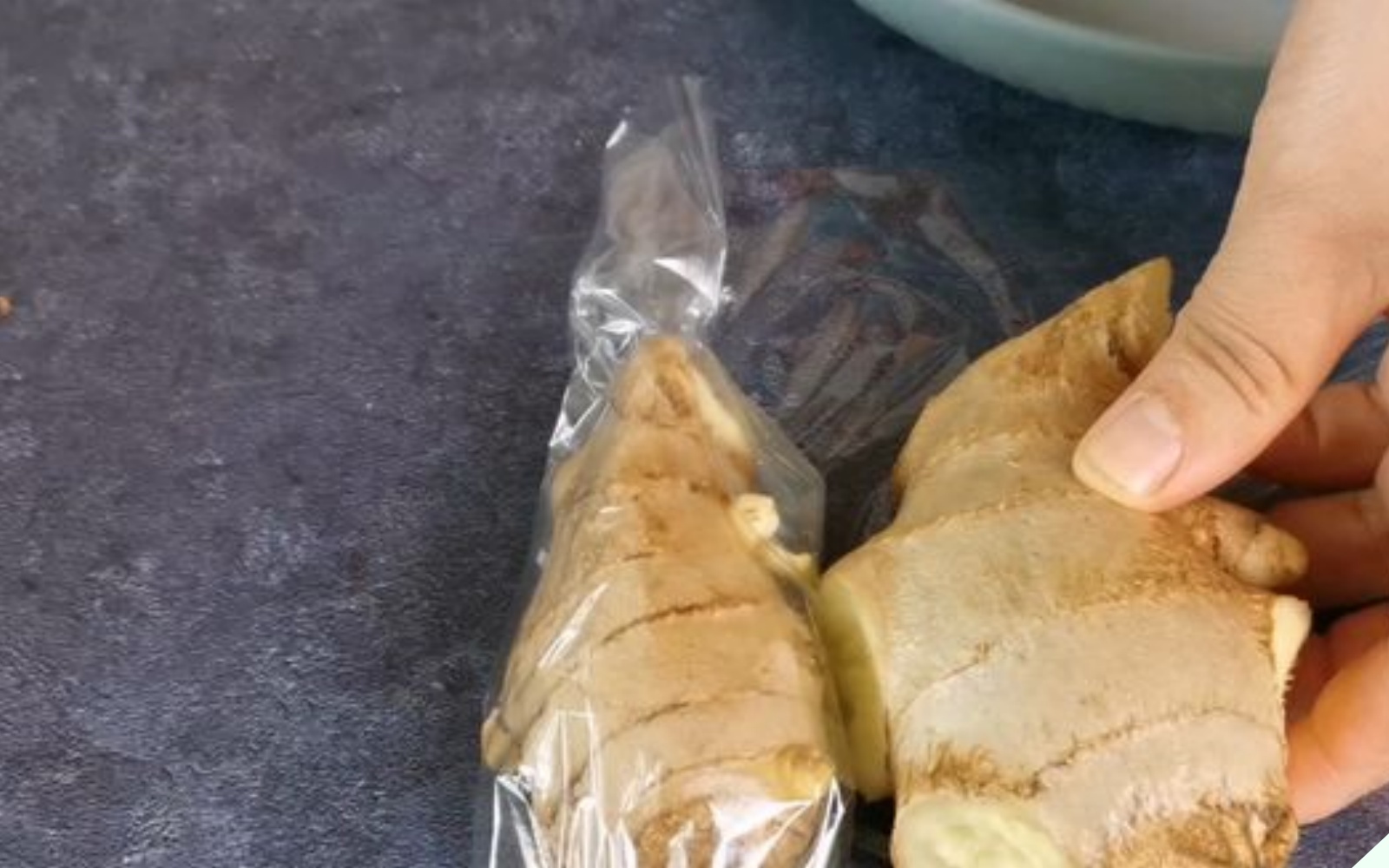
The salt water helps eliminate bacteria on the ginger’s surface, while the food wrap creates a barrier against air and external bacteria.
Step 4: Store
– Place the wrapped ginger in a cool, well-ventilated area. With this method, ginger can be stored for up to a year without spoiling.
Alternative Ginger Storage Methods
In addition to the above method, you can also try the following tips for ginger preservation:
1. Using a Cardboard Box
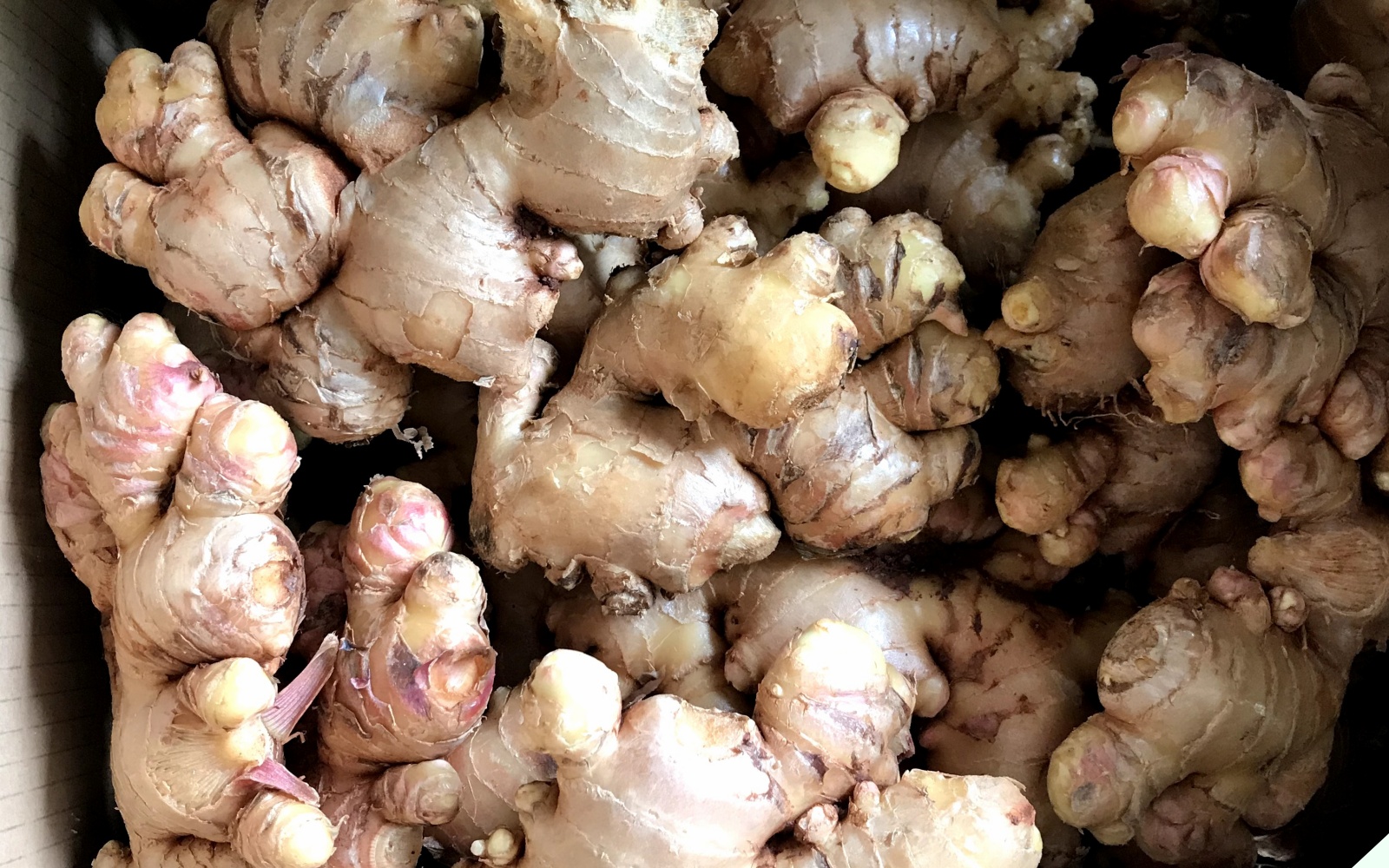
Place paper towels and baking soda in a cardboard box to absorb moisture released by the ginger, preventing it from becoming damp. Close the box and store it in a cool, well-ventilated area.
2. Storing Ginger with Peppercorns

Peppercorns contain natural antioxidants and have antibacterial and insect repellent properties, helping to prevent discoloration in ginger. Simply place dried ginger in a cardboard box with 4 bags of peppercorns, one in each corner and one in the center. Tightly close the box and store it in a cool, well-ventilated area.
3. Using Dried Tea Leaves
Wrap dried tea leaves in paper towels and place them in a plastic bag with the ginger. Squeeze out any excess air from the bag and seal it tightly. The tea leaves will absorb moisture from the ginger, keeping it dry. Place the bag in a cool, well-ventilated area. If the tea leaves become damp or the bag tears, replace them with a new bag.
How to Choose Fresh Ginger
When purchasing ginger or using stored ginger, you can determine its freshness by considering the following:
– Smell
Fresh ginger has a distinctive spicy and aromatic scent. If you detect a sulfurous or unusual odor, the ginger has spoiled.
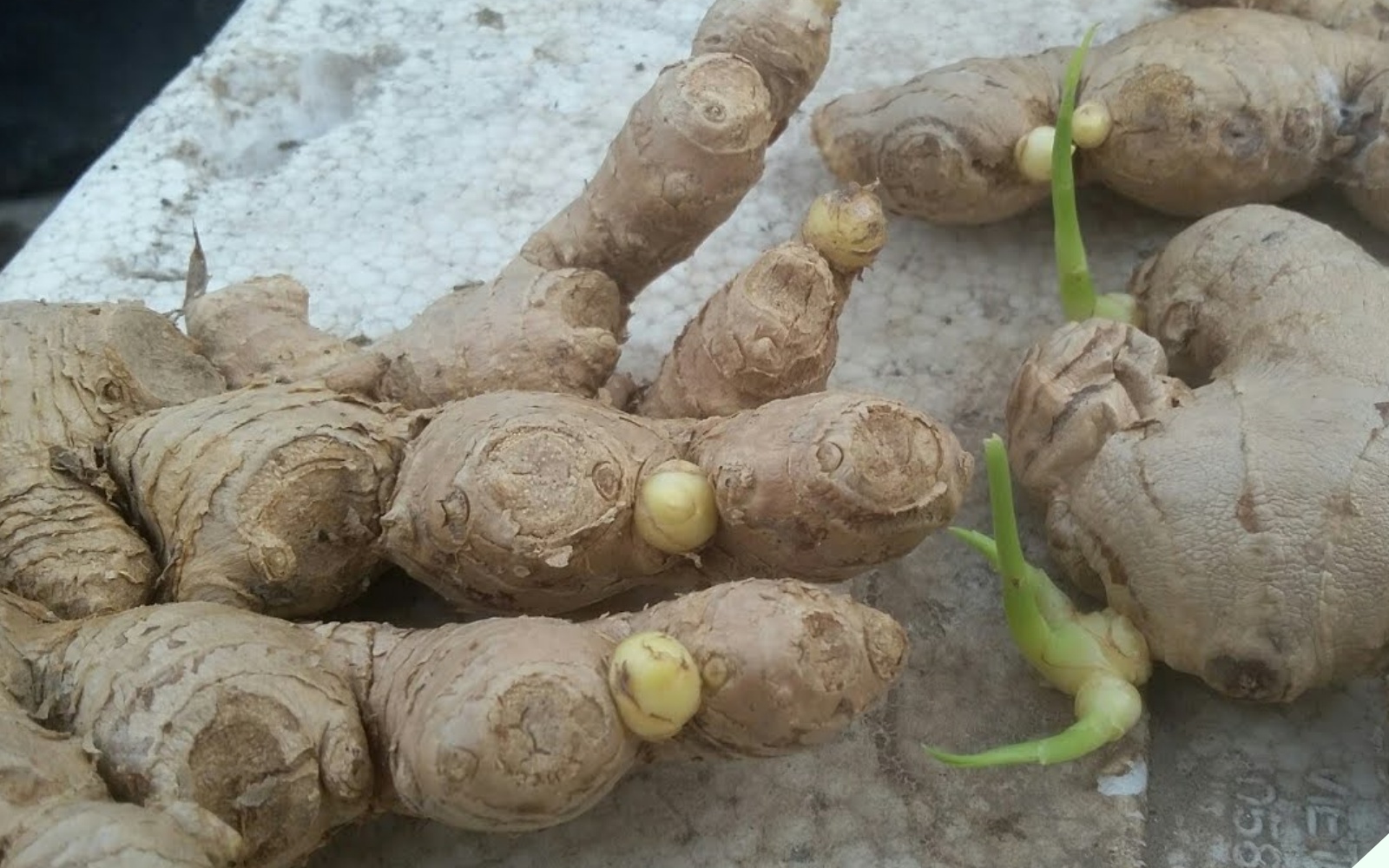
– Taste
Sample a small piece of ginger to assess its flavor. If the ginger lacks flavor or has an unusual taste, do not purchase or consume it.
– Appearance
Fresh ginger roots typically have a rough, dry surface with a dark yellow or light brown color similar to the color of the inner flesh. Avoid ginger with flaky skin or a significant color difference between the skin and flesh.
How to Make Ginger Candy at Home
Ingredients
– Ginger: 150g
– White sugar: 150g
– Cooked glutinous rice flour: 100g
– Maltose: 250g
– Water: 250ml

Instructions
Step 1: Prepare the Ingredients
– Peel and wash the ginger.

– Chop the ginger into small pieces and place them in a blender. Add 50ml of water to facilitate blending.
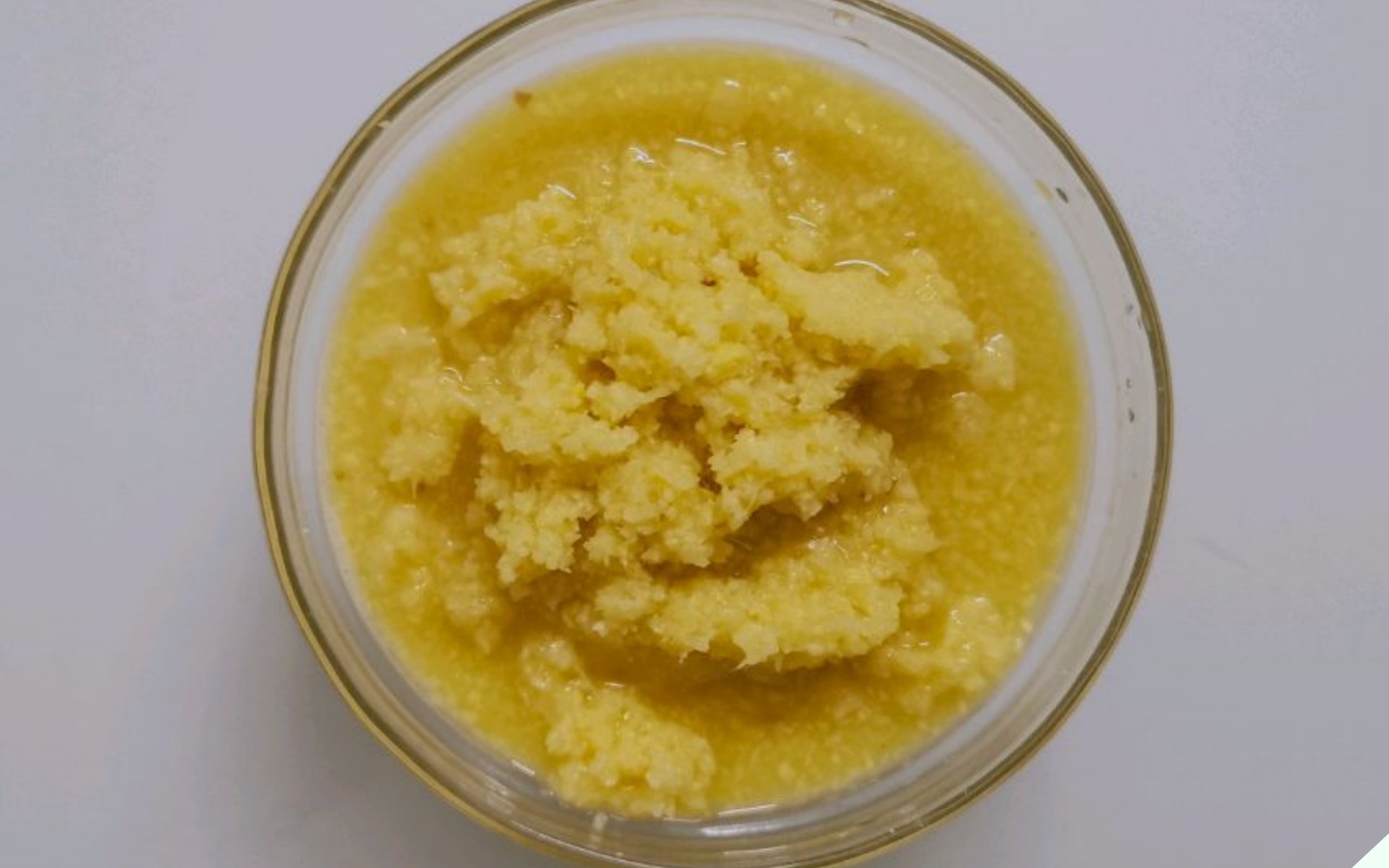
– You can blend the ginger until smooth or leave some larger chunks.
Step 2: Boil the Maltose
– In a pot, combine 200ml of water with the maltose and sugar. Bring the mixture to a boil.
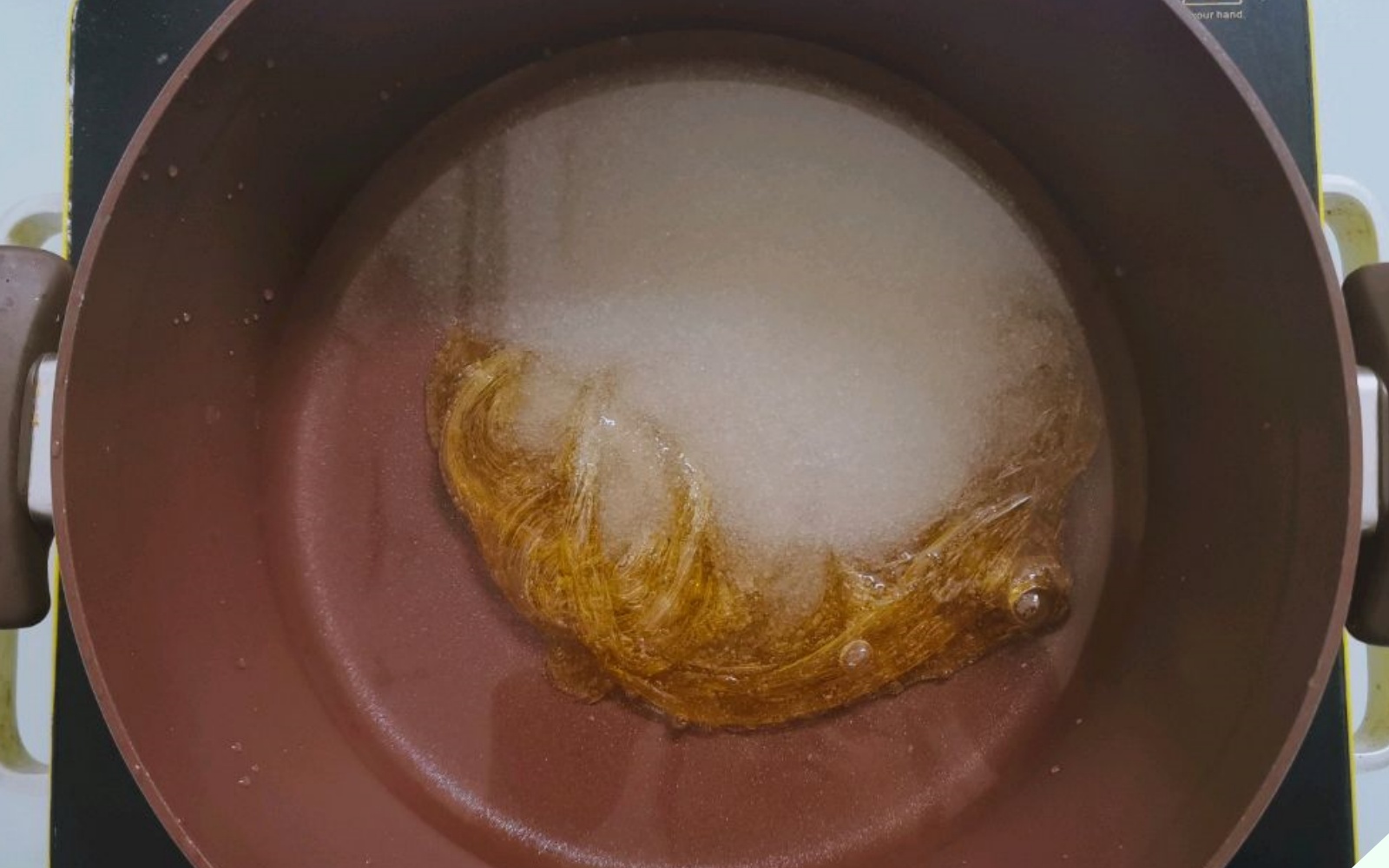
Step 3: Cook the Candy

– Pour the blended ginger into the pot with the boiling maltose mixture. Continue boiling over high heat, then reduce to medium heat.
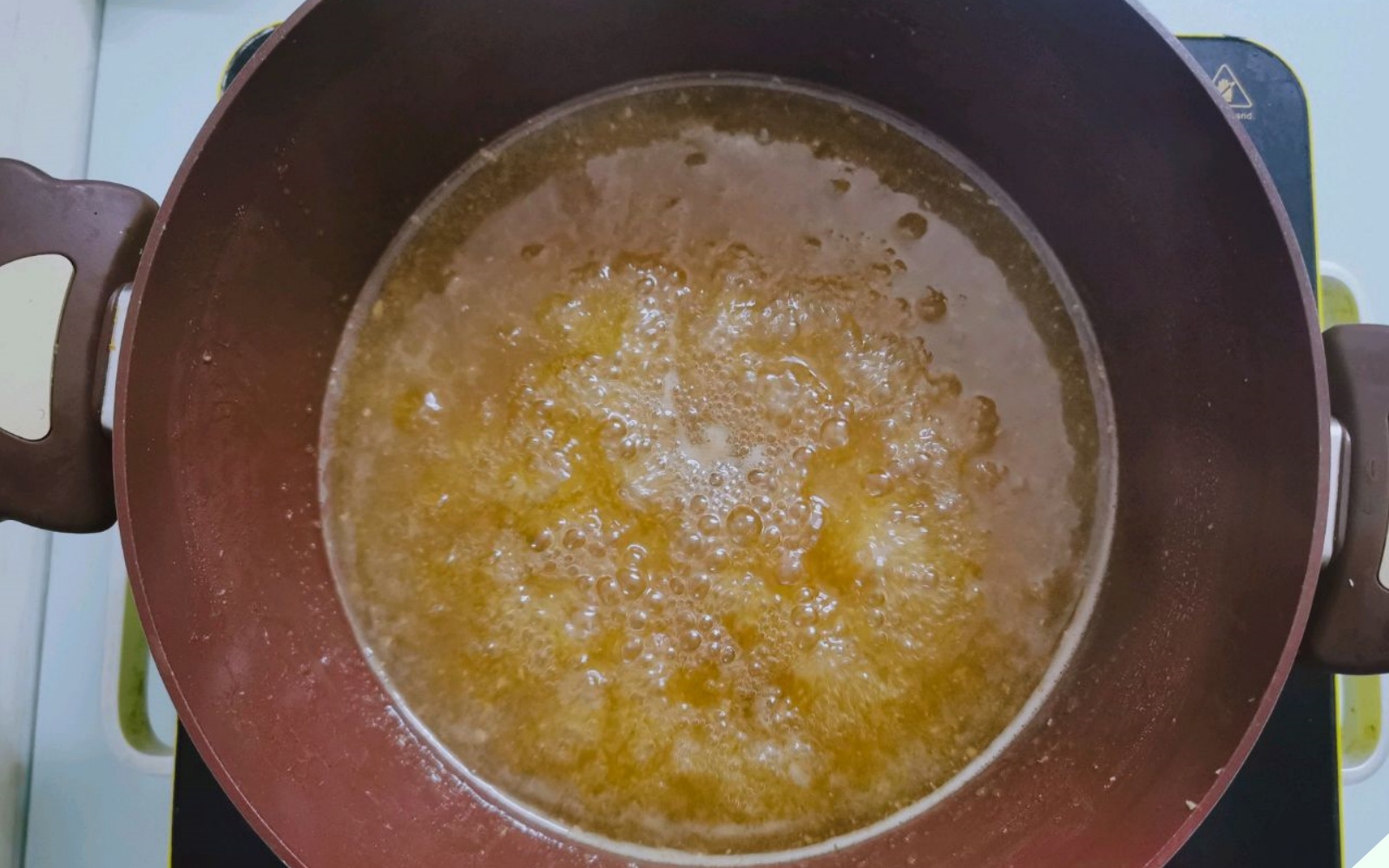
– Cook for about 60 minutes, or until the mixture becomes clear and thick, with a beautiful amber color.
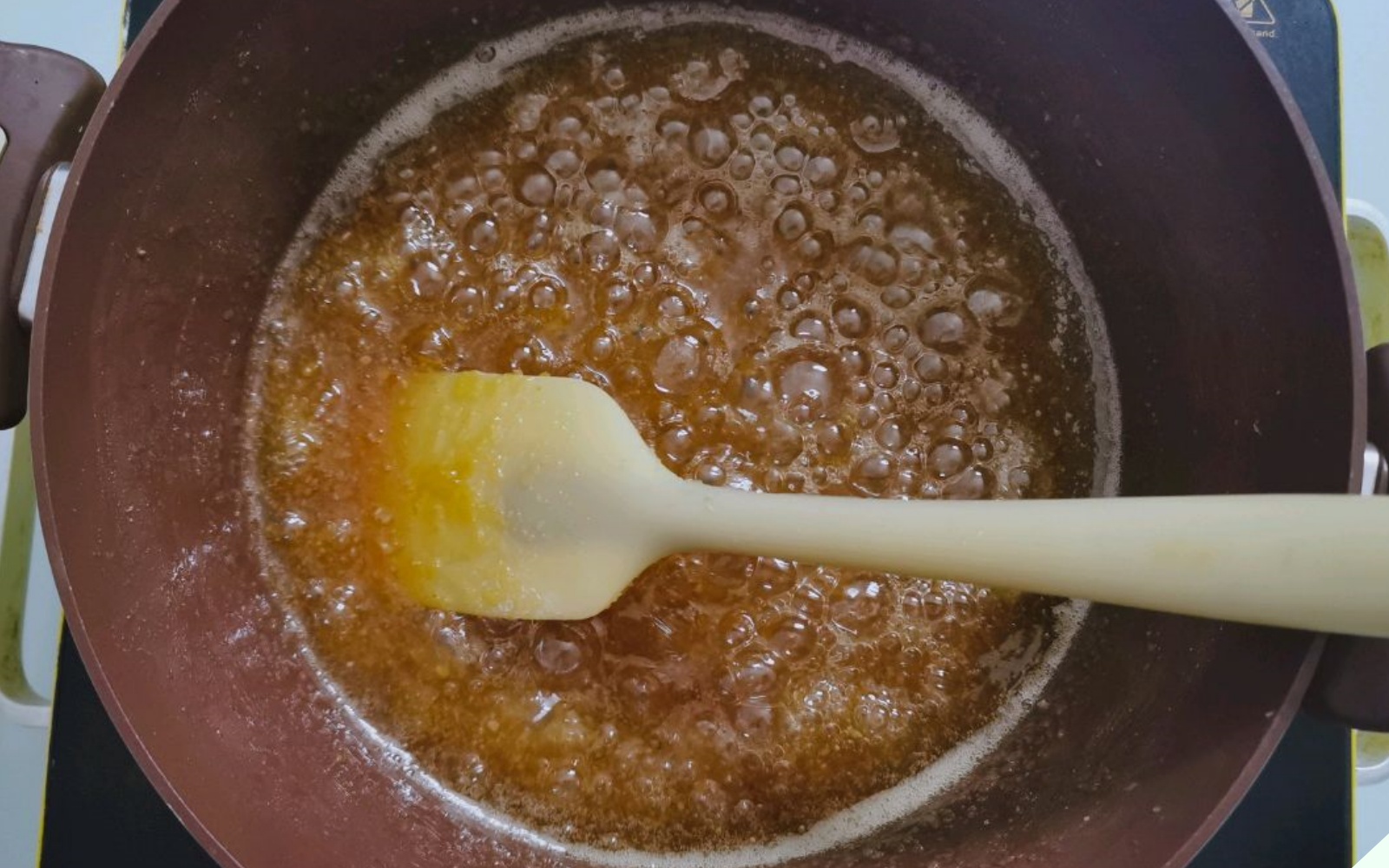
– Stir continuously with a spoon. When the mixture turns amber and forms a droplet when lifted, it is ready.
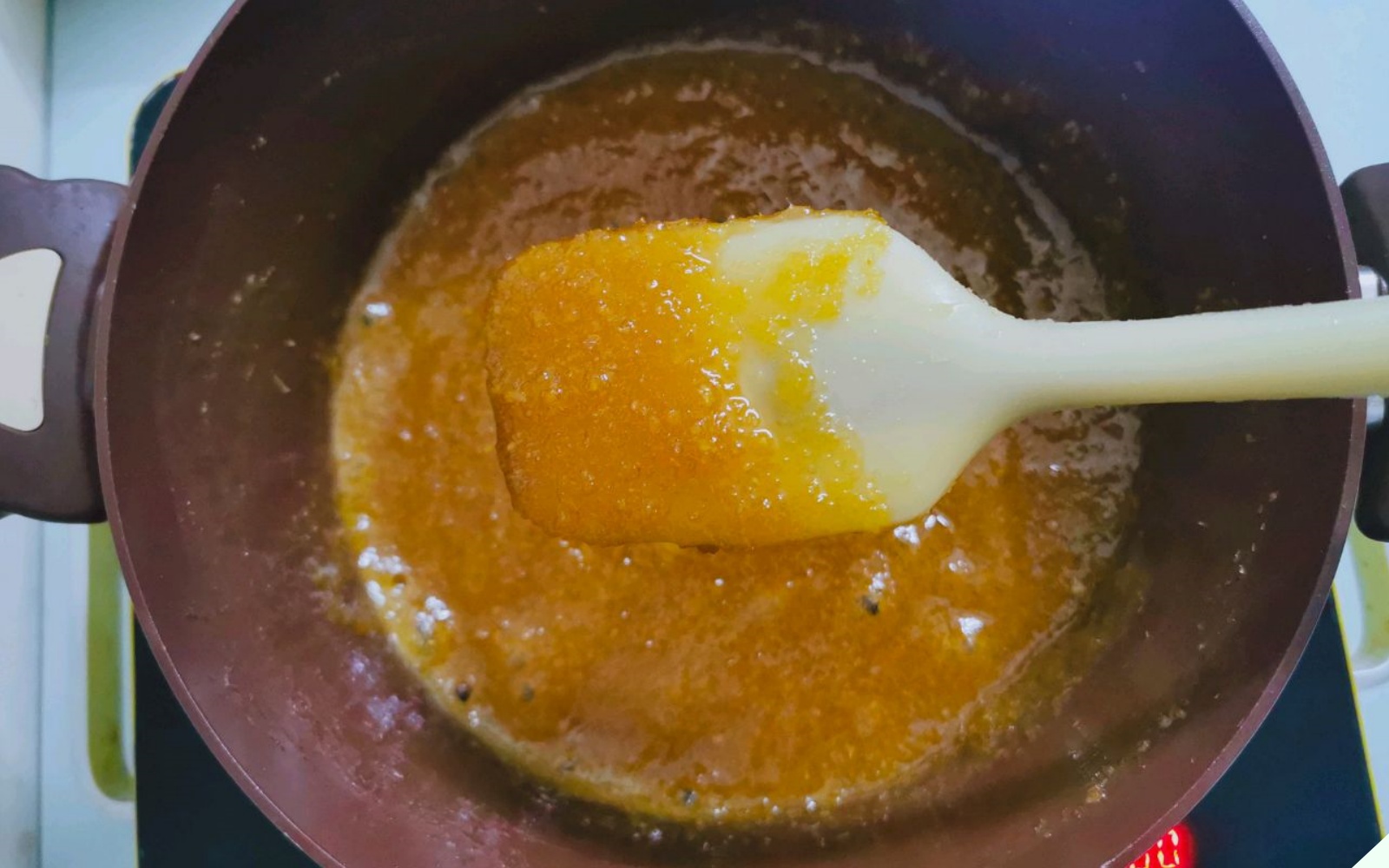
Step 4: Finish
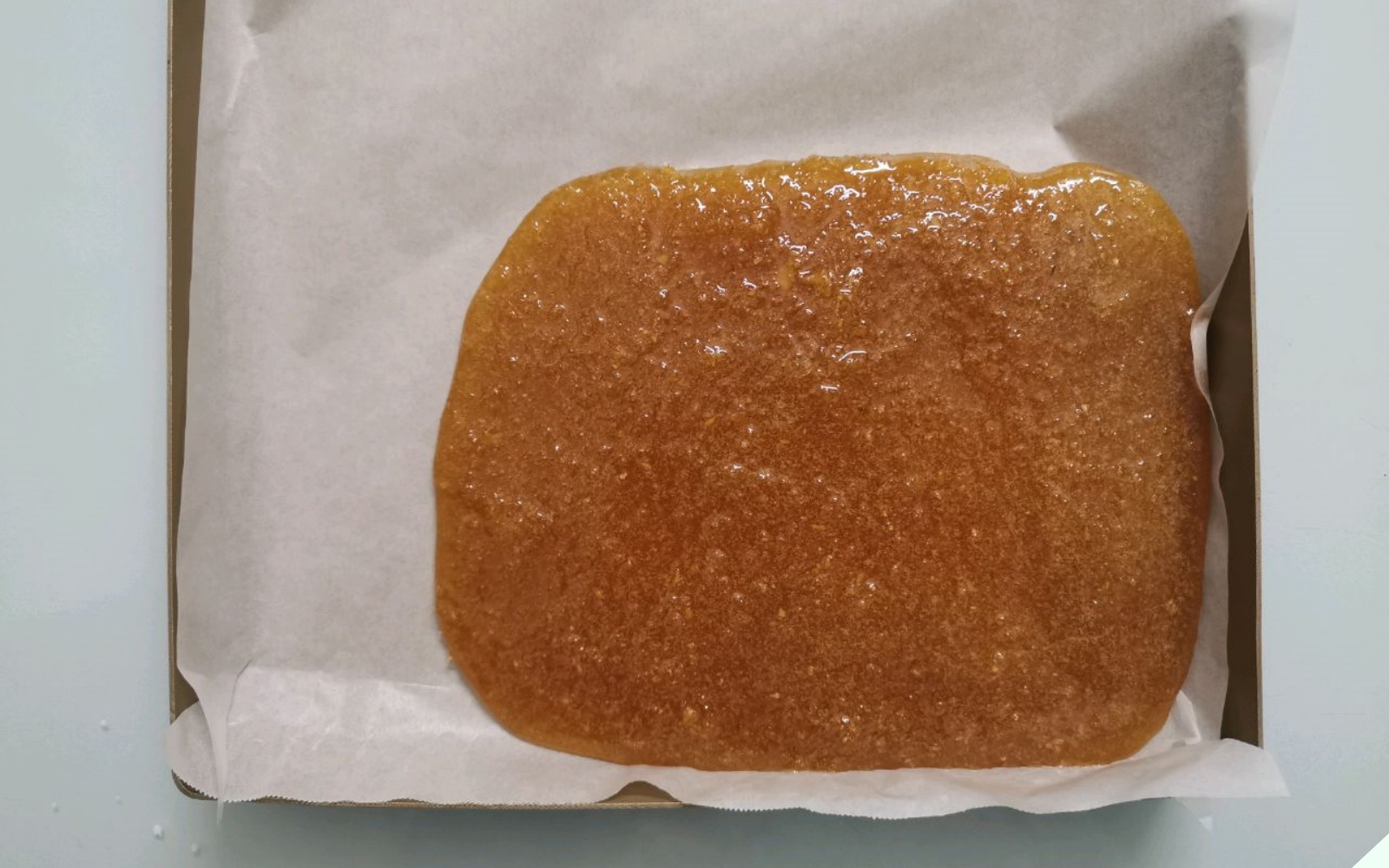
– Turn off the heat and pour the ginger candy mixture into a mold lined with oil-absorbing paper. Allow it to cool.
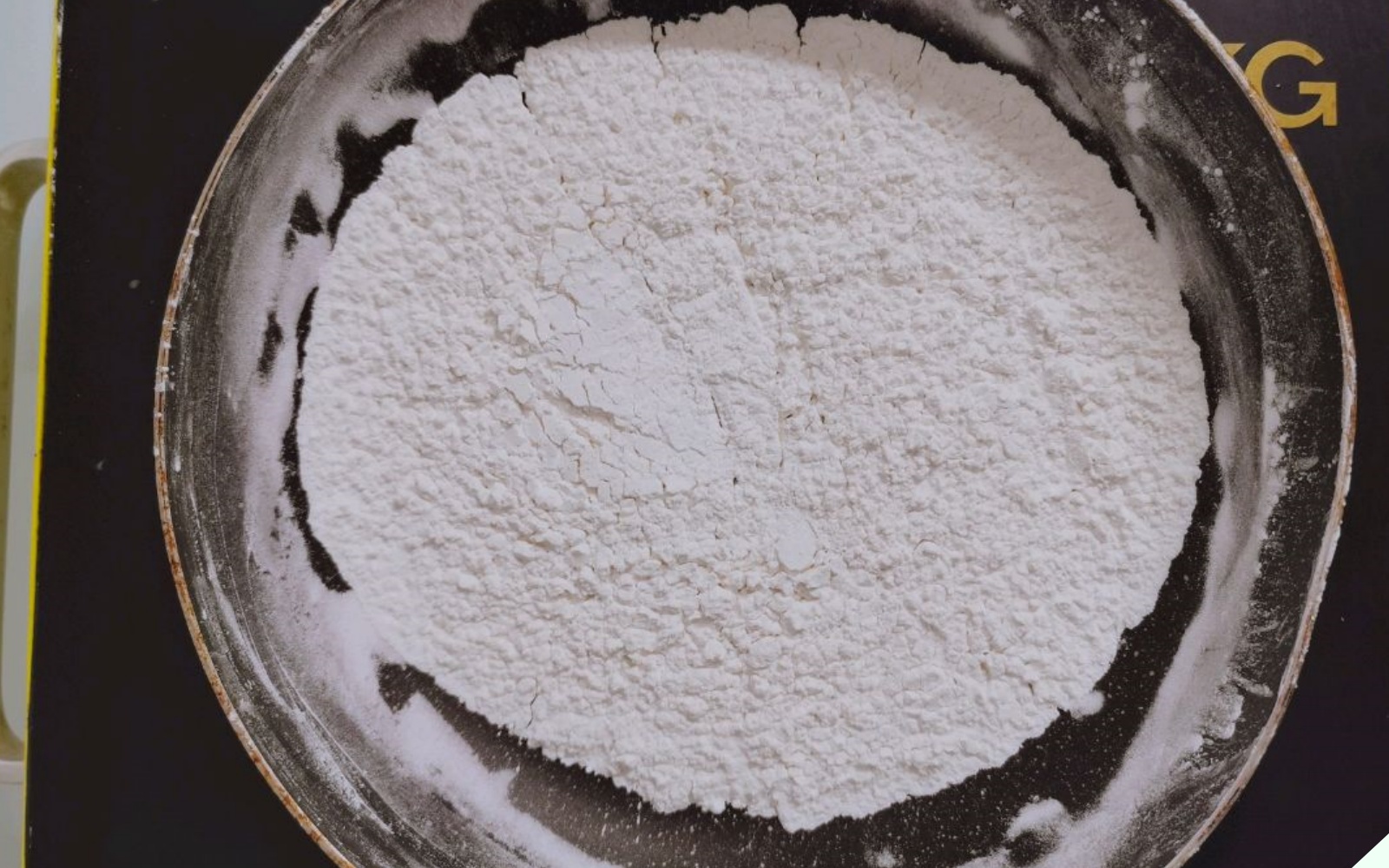
– While the candy is cooling, heat the glutinous rice flour in a pan until fragrant.
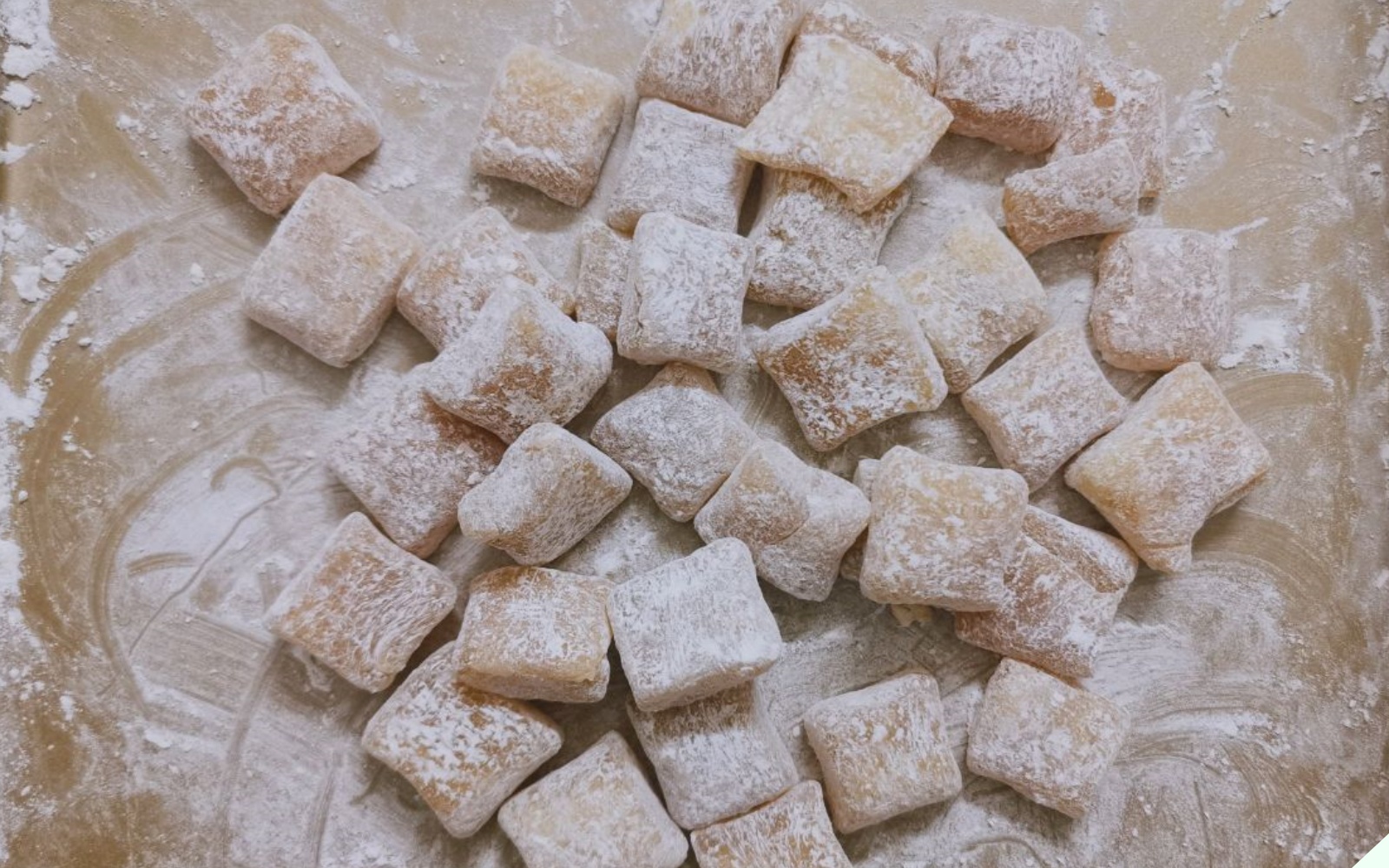
– Cut the candy into small squares or desired shapes, then sprinkle the glutinous rice flour on top. This coating will prevent the candies from sticking together and keep them soft and chewy.

This ginger candy is perfect for the winter season. It has a sweet and aromatic flavor with a hint of ginger, and a delightful chewy texture.

Not only is it a tasty treat, but it also helps keep your body warm during cold days.





























